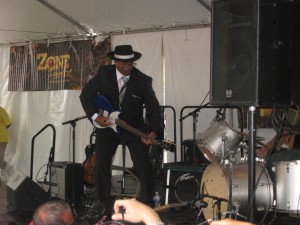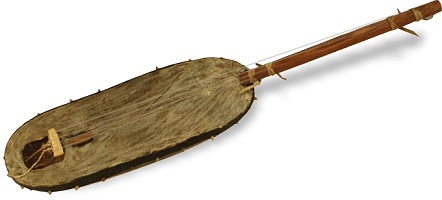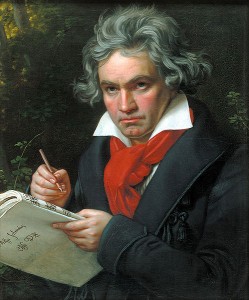The Chicago Blues Festival is one of a number of free lakefront summer music events. The more well-known acts perform at the main stage, Petrillo Bandshell, while other groups perform at stages of various sizes. Because there are so many options, it’s a great way to discover musicians you’ve never heard of just by wandering from one stage to another.
I got to the Festival site early for a group that had been recommended, so I walked around. I saw a crowd at the small Roadhouse Stage. Rev. K.M. Williams, “The Texas Country Blues Preacher,” and the Amazing Trainreck (also known as Washboard Jackson) were playing. Williams played a First Act electric guitar that he said came from Wal-Mart. Trainreck played a washboard and a drum kit bare handed (he had thimbles or some kind of covering on his fingertips).
I just heard the end of their performance, perhaps three or four songs, but I enjoyed it a lot and the crowd was very enthusiastic. Williams played one-chord riffs while Trainreck tore up the drums. It was “primitive” but effective. Williams played one number on a cigar box guitar that looked like it had only two strings. He used a slide and got a lot of music out of it. I’d love to be able to do that. The performance was a highlight of the Festival for me.
Born in Clarksville, Texas on October 19, 1956 as Kelvin Mark Williams, he is an ordained minister, currently based in Dallas, Texas. He has recorded some 20 CDs.



